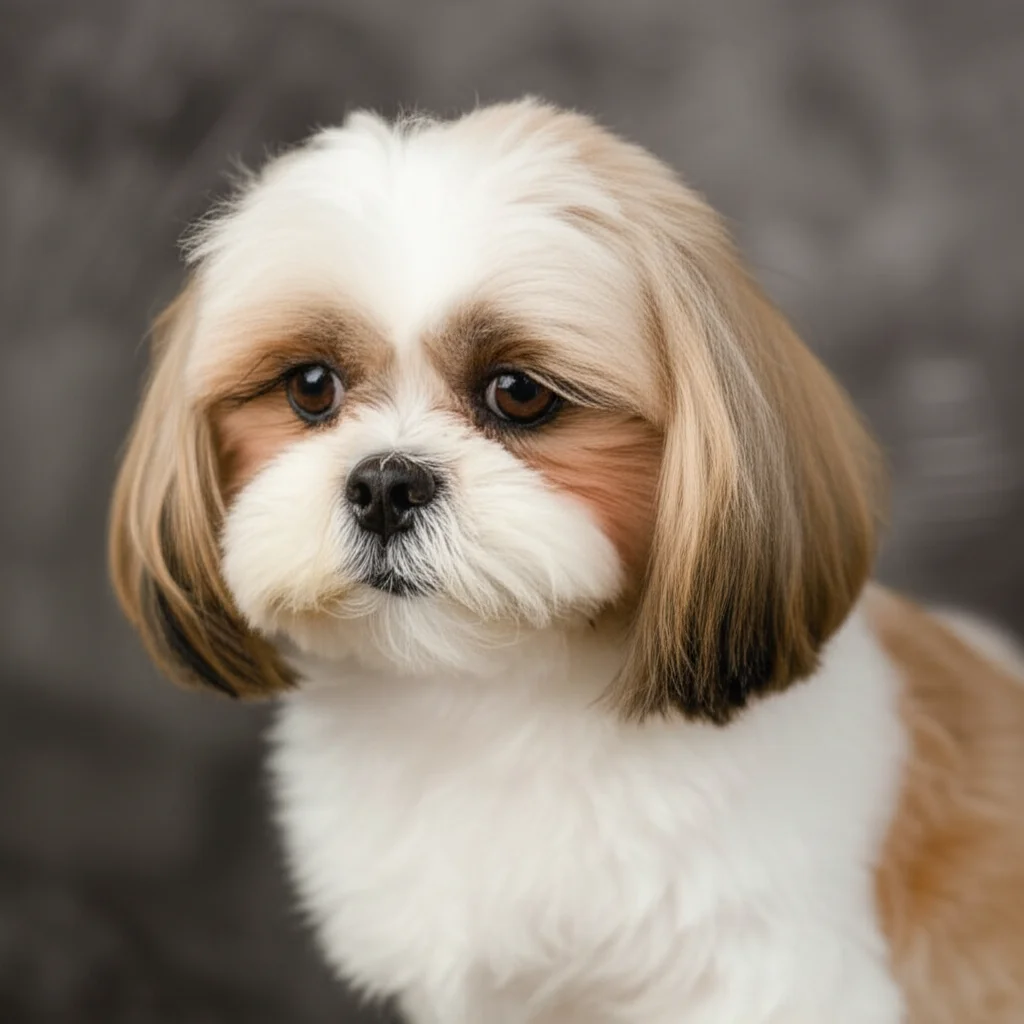3D product modeling has become integral to various industries, ranging from manufacturing and architecture to advertising and gaming. It allows businesses to create realistic virtual representations of their products, enabling them to effectively showcase their designs, test functionalities, and market their offerings.
Various well-reputed 3D animation studios with expertise, technical skills, and cutting-edge software tools are available to create highly realistic and tempting 3D models.
Outsourcing product modeling to a reputable company can save time, resources, and effort while ensuring top-notch quality and accuracy in product representations.
Let’s explore the eight stages of product modeling in the 3D process and shed light on its importance.
1. Conceptualization Stage
The first stage of the 3D product modeling process is conceptualization. Here, the client and the 3D modeling team collaborate to define the product’s requirements, specifications, and design objectives. It involves understanding the purpose, target audience, and desired product features, allowing the team to establish a clear vision for the modeling process.
2. Reference Gathering
The next stage involves gathering references. The 3D modeling team collects relevant images, sketches, technical drawings, and other visual references that aid in understanding the product’s physical appearance and functionality. These references serve as a guide during the modeling process, ensuring accuracy and realism.
3. 3D Modeling Phase
In this stage, skilled artists and modelers use specialized software to create a virtual three-dimensional representation of the product based on the gathered references. It involves shaping the geometry, adding intricate details, and refining the overall appearance to achieve a lifelike representation.
4. Texturing and Materials
After creating the primary 3D models, the next step is to apply textures and materials to make them look more realistic. Texturing involves adding surface details such as colors, patterns, and textures to imitate real-world materials. By accurately replicating the product’s materials, such as metal, plastic, or fabric, the 3D model achieves high visual fidelity.
5. Lighting and Rendering
Proper lighting and rendering techniques bring the 3D model to life. The 3D artists strategically place virtual lights, simulating real-world lighting conditions to create shadows, highlights, and reflections. Rendering generates the final 2D image or animation of the 3D model, incorporating lighting effects, textures, and materials to produce a photorealistic result.
6. Rigging and Animation
Rigging and animation are essential for products requiring dynamic movements or demonstrations. Rigging involves adding a virtual skeleton or structure to the 3D model, enabling it to be animated. Skilled animators bring the product to life by creating lifelike movements and showcasing its functionalities, assembly processes, or user interactions.
7. Iteration and Feedback
Throughout the 3D product modeling process, regular feedback and iteration are crucial. The client reviews the work at various stages, providing feedback and suggestions for improvements. This iterative process ensures that the final 3D model aligns with the client’s vision and meets their expectations.
8. Final Delivery
After incorporating feedback and making necessary revisions, the finalized 3D model is delivered to the client in the desired format. The client can then utilize the model for marketing campaigns, presentations, virtual simulations, or other purposes that effectively communicate the product’s features and benefits.
List of Best Software for 3D Product Modeling
There are various software for 3D product modeling that are up to your project’s specific requirements, expertise level, budget constraints, and personal preferences.
- Autodesk Maya: This software is versatile and widely used in the industry for 3D modeling, animation, rendering, and simulation. It offers powerful modeling, texturing, and animation tools, making it suitable for various projects, including product modeling.
- Blender: It is free and open-source software with a robust set of features for 3D modeling, animation, rendering, and compositing. It has a large community of users and developers, continuously evolving and improving. Blender is an excellent option for those on a budget or looking for an accessible tool for 3D modeling.
- ZBrush: It is renowned for its advanced sculpting capabilities, making it a preferred choice for artists focusing on high-detail sculpting for characters, creatures, and organic shapes. While it’s not typically used for traditional product modeling, it can help create intricate details or complex shapes.
- Cinema 4D: This software is known for its ease of use and intuitive interface, making it popular among motion graphics artists and designers. While it may not be as feature-rich for hardcore modeling as Maya or Blender, it can still handle product modeling tasks, especially if integrated with other software in a pipeline.
- Houdini: It is a powerful software often used for procedural modeling, simulation, and visual effects. It offers a node-based workflow that allows for complex and dynamic creations. While it may have a steeper learning curve than other options, it’s highly versatile and can be used for various 3D projects, including product modeling.
To Conclude
The 3D product modeling process encompasses several stages, from conceptualization to final delivery. Each stage contributes to creating remarkable and functionally accurate virtual product models. Businesses can effectively showcase their products, streamline design processes, and gain a competitive edge in their industries with services provided by professional 3D animation studios. In this advanced century, product modeling opens new avenues for innovation, marketing, and customer engagement











Leave a Reply